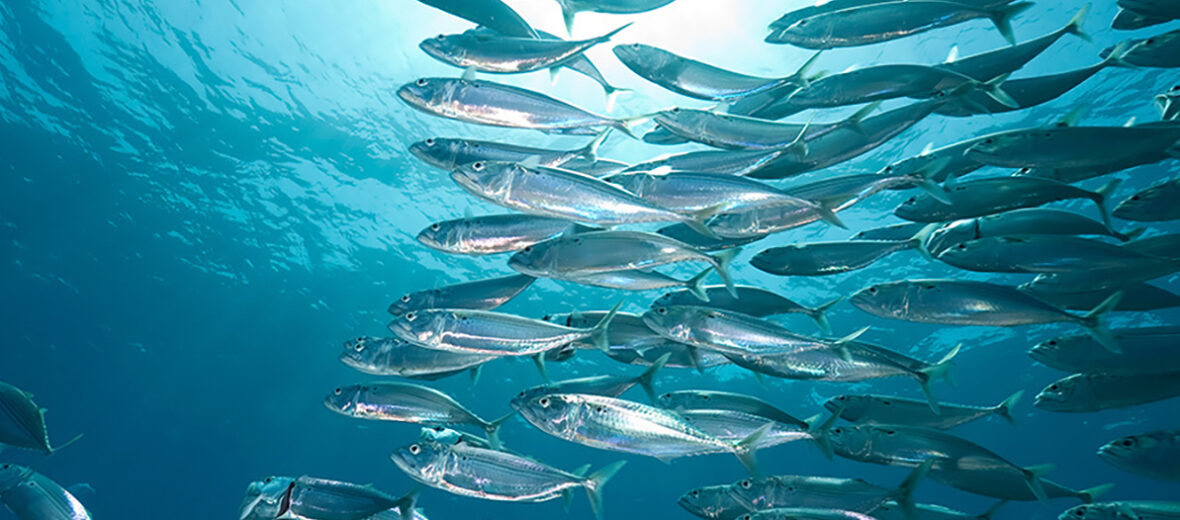
The mackerel is a pelagic fish (inhabiting the upper layers of the open sea) that can be found in the Atlantic and Pacific Oceans. They prefer temperate and tropical waters. There are around 30 different known species of these fish. In the 80s, mackerel were severely overfished. This led to a dramatic decrease in their overall numbers. Regulations were put in place and thus their general populations have began to rebound. While most species are listed as Least Concern, there are some that are listed as Near Threatened and Vulnerable by the IUCN. Since they are still extensively fished, their future is uncertain.
First the Stats…
Scientific name: Scombridae
Weight: Up to 99 lbs.
Length: Up to 35 inches
Lifespan: Up to 20 years
Now on to the Facts!
1.) While most mackerel only grow to about 22 inches, some species can grow much larger.
2.) Mackerels have very small scales that can typically only be seen upon close examination.
3.) They prey on small fish, copepods, shrimps, and squids.
4.) These fish are diurnal (active during the day).
5.) Their predators are typically bottlenose dolphins, sharks, tuna, sea lions, and pelicans; to name a few.
But wait, there’s more on the mackerel!
6.) Mackerels can be found in huge schools measuring up to 20 miles in length!
7.) Their flesh contains a high amount of omega-3 fatty acids.
Did you know…?
These speedy fish can swim at speeds of up to 18 feet per second!
8.) In spring, these fish will migrate closer to shore to breed.
9.) Females lay up to 400,000 eggs that are then fertilized by males. These fish are broadcast spawners (eggs and sperm are released into the water, in the hopes that they’ll meet).
10.) Due to their high oil content, the eggs float at the surface of the water. Most of the eggs and subsequent larvae will not reach adulthood as there are many predators looking for an easy meal.
But wait, there’s still more on the mackerel!
11.) The chub mackerel (Scomber japonicus) are the most extensively fished mackerel.
12.) Purse seining is a common fishing method used to capture large quantities of mackerel. This is a non-selective fishing method that captures everything that it surrounds, including protected species. Sea turtles are often captured via this type of fishing style. Sadly.
13.) The North Sea has been so overfished to the point where the ecological balance has become highly disrupted and many fishing jobs have been lost. This is yet another reason that sustainable fishing has to be implemented.
14.) Mackerel flesh spoils quickly, especially in the tropical regions, and can thus cause scombroid food poisoning. It should be eaten on the day of capture, unless it is properly refrigerated or cured.
Now a Short Mackerel Video!
Be sure to share & comment below! Also, check out the Critter Science YouTube channel. Videos added frequently!
Want to suggest a critter for me to write about? Let me know here.



